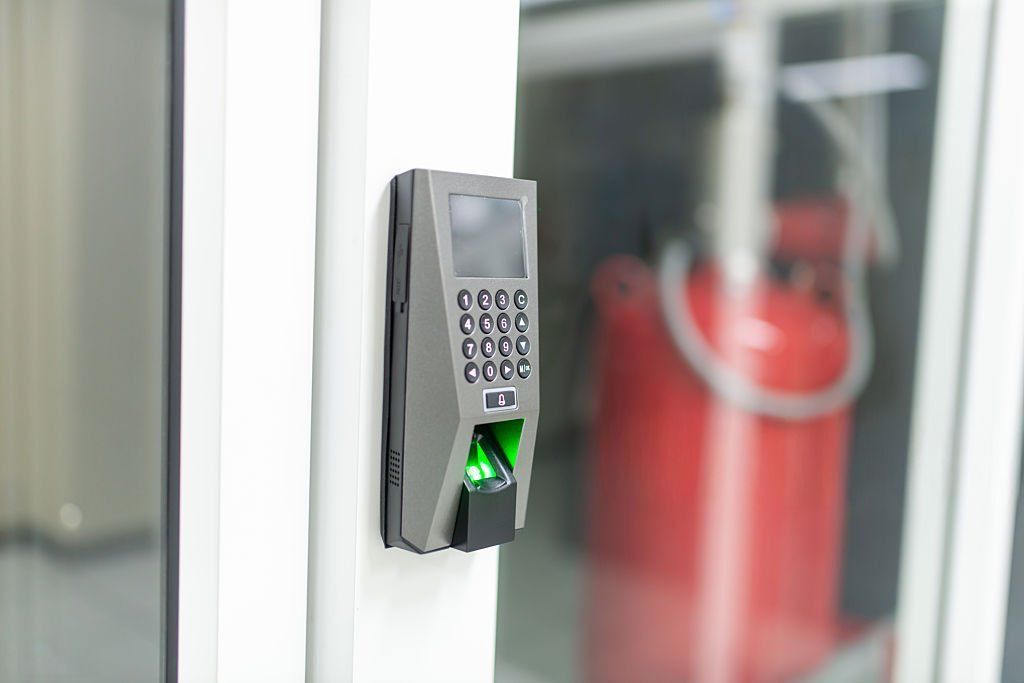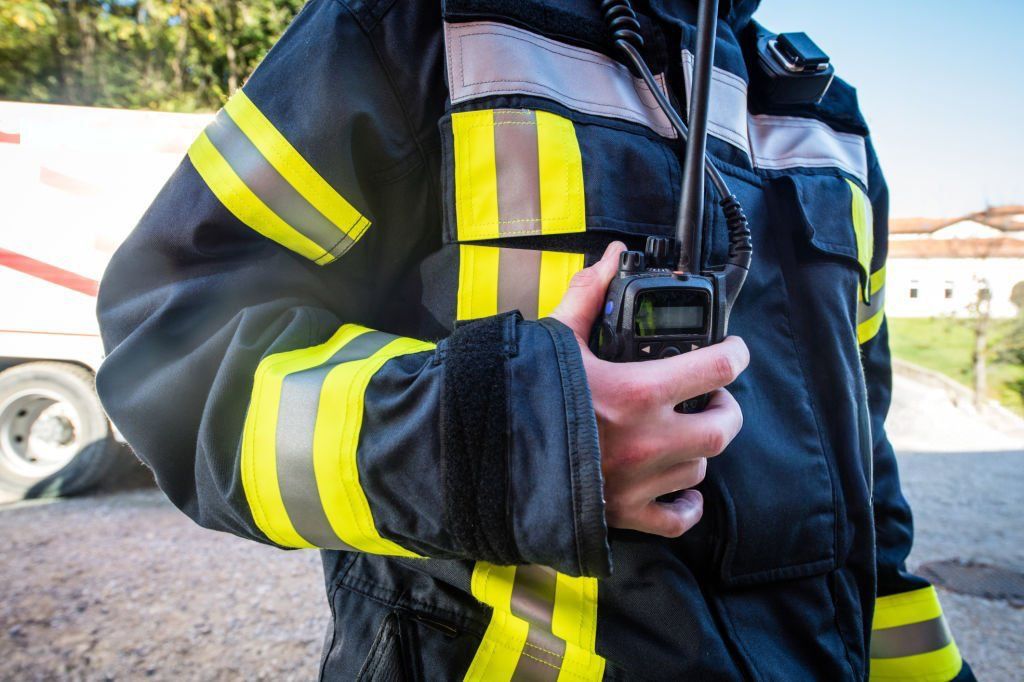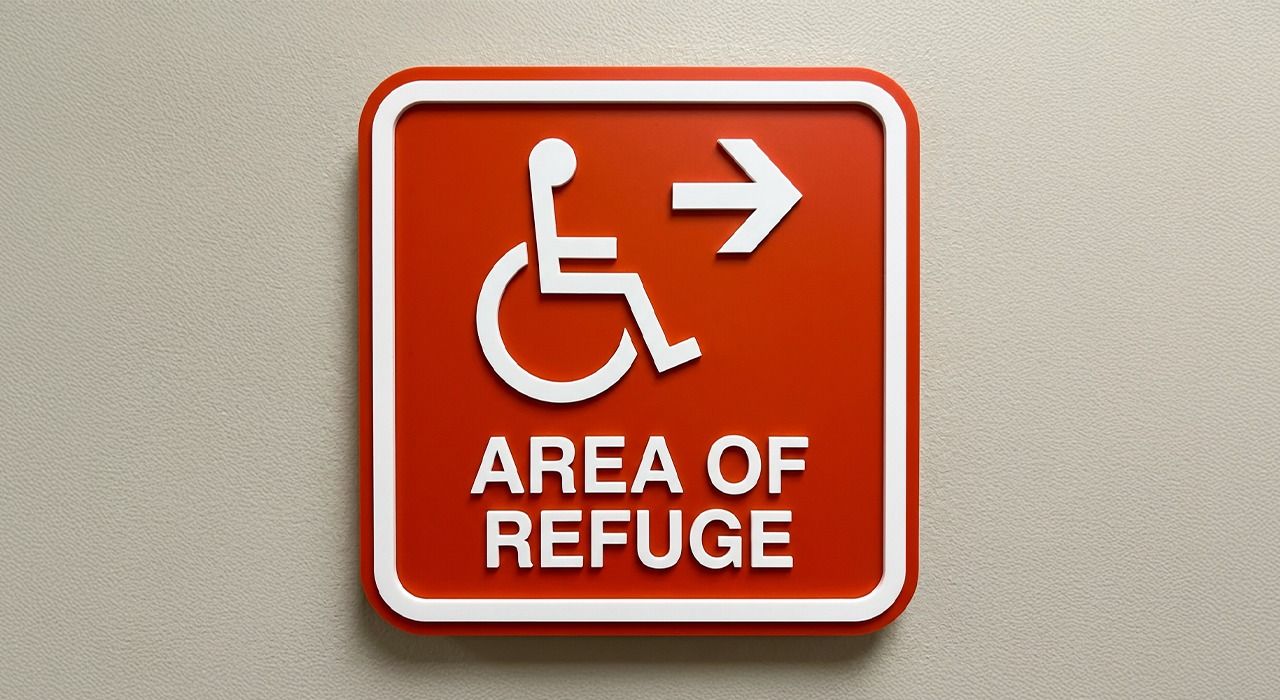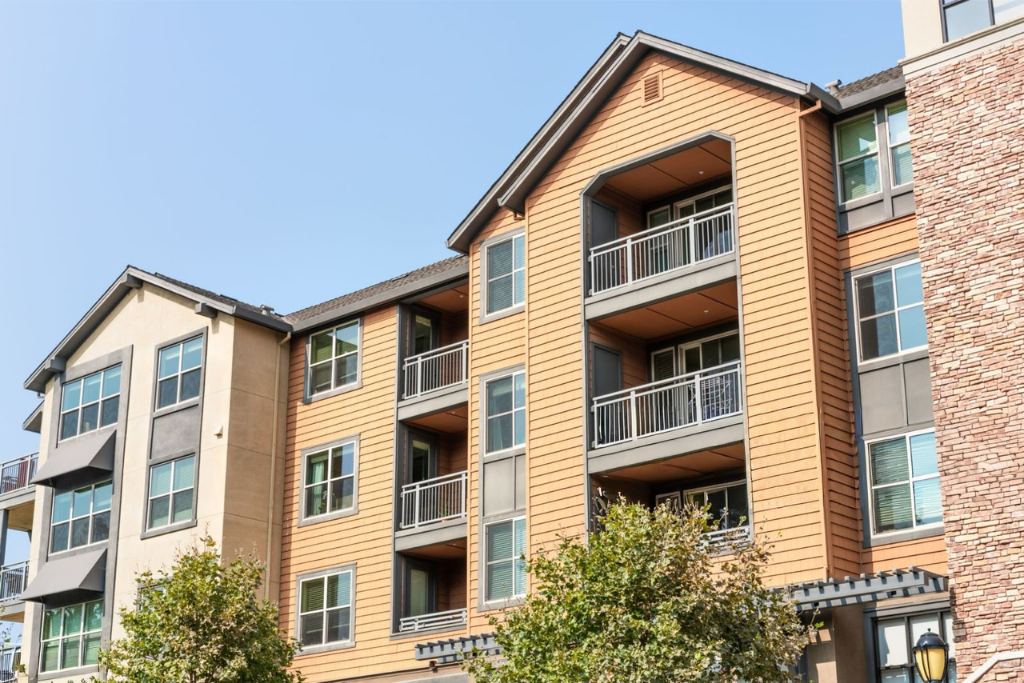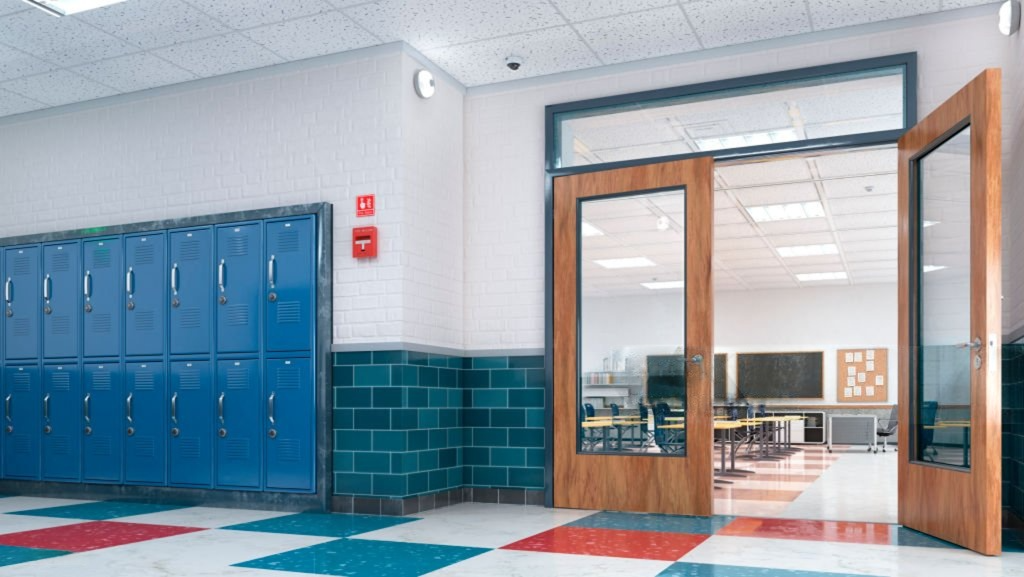The 5-Year Fire Sprinkler System Inspection: Demystifying NFPA 25 Requirements
Imagine your fire sprinkler system is like your body’s arteries. If something blocks them, blood can’t reach where it’s needed. Similarly, if rust, gunk, or rocks block your sprinkler pipes, water can’t reach a fire in time. That’s why a detailed check every 5 years is not optional—it’s life-saving.
For property managers, compliance managers, and commercial building owners in Orange County, understanding these requirements isn't just about following regulations—it's about protecting your investment and the people who depend on your building's safety systems.
What Is a 5-Year Fire Sprinkler Inspection?
Every five years, NFPA 25 (the fire safety rulebook) requires an internal inspection of your fire sprinkler system. This is different from a quick visual check. Instead, technicians look inside the pipes to make sure nothing is clogging or corroding the system.
What Are They Looking For?
The 5-year internal inspection examines the inside of your fire sprinkler system's piping network. Unlike routine visual checks that look at external components, this inspection requires opening pipes and removing sprinkler heads to check for internal problems that could prevent your system from working during a fire.
Common Internal Problems Found During Inspections
| Problem Type | Cause | Impact |
|---|---|---|
| Rust Accumulation | Water sitting in steel pipes | Blocks water flow, renders system useless |
| Internal Pitting | Water and air in galvanized pipes | Creates weak spots and potential leaks |
| Microbiological Corrosion | Bacteria growth in stagnant water | Causes blockages and pinhole leaks |
| Foreign Debris | Rocks, sediment, organic materials | Obstructs sprinkler heads and pipes |
Fire Testing Solutions can help: Our certified technicians use advanced inspection techniques to identify these problems early, preventing costly system failures during emergencies.
What Happens During the Inspection
A qualified technician performs several specific tasks during the 5-year inspection:
•
Initial Assessment: Opening flushing connection at main pipe end
• Physical Inspection: Removing sprinkler head from branch line
• Internal Examination: Checking for foreign organic and inorganic materials
• Gauge Testing: Comparing with calibrated equipment (NFPA 25 Section 5.3.2.1)
• Valve Inspection: Internal valve testing (Section 13.4.2.1)
•
Flow Testing: Ensuring proper water pressure and volume reach remote outlets
Real-World Example
During a recent 5-year inspection, a technician discovered:
- Excessive rust covering over three-quarters of a 4-inch main pipe diameter
- Several rocks lodged in the piping system
- Rust accumulation extending several feet into the system depth
Without this inspection, the obstruction could have prevented water flow during a fire emergency, potentially resulting in catastrophic property damage or loss of life.
Fire Testing Solutions advantage: Our experienced team has identified similar critical issues in hundreds of Orange County buildings, helping property owners avoid potential disasters through thorough inspections.
Orange County Specific Requirements
The
Orange County Fire Authority (OCFA) actively enforces
NFPA 25 requirements, making compliance crucial for avoiding violations and substantial penalties.
OCFA Fire Sprinkler Requirements
| Building Type | Size Requirement | Height Requirement |
|---|---|---|
| Assembly (theaters, restaurants) | Generally required | Regardless of size |
| Business (offices) | Over 5,000 sq ft | Over 2 stories |
| Mercantile (retail, malls) | Required | Regardless of size |
| Storage (warehouses) | Varies by materials stored | Varies by materials |
Additional OCFA Requirements
- Water pressure and capacity specifications for adequate flow
- Authority having jurisdiction determines testing methods
- Performance criteria established by local fire marshal
- Compliance with California Fire Code adoption
Fire Testing Solutions expertise: We maintain current knowledge of all OCFA requirements and work directly with local fire authorities to ensure your building meets every compliance standard.
What Happens If You Skip Inspections?
NFPA research from 2017-2021 provides compelling evidence for regular inspections:
Fire Protection Statistics
| Metric | With Sprinklers | Without Sprinklers |
|---|---|---|
| Civilian Deaths | 90% fewer | Baseline |
| Civilian Injuries | 32% fewer | Baseline |
| Fire Containment | 94% confined to room | 70% confined to room |
| System Operation Rate | 92% of fires | N/A |
| Effectiveness Rate | 97% when operating | N/A |
Most Common Failure Reasons
- Systems shut off before fire occurred (most common)
- Inadequate water supply to fire location
- Mechanical damage to system components
- Lack of proper maintenance and inspection
Fire Testing Solutions prevention: Our comprehensive maintenance programs include regular system monitoring and immediate notification of any issues that could compromise your fire protection system.
Benefits of the 5-Year Inspection
- No Water Disruption: Only affects fire sprinkler system, not domestic water
- Alarm Prevention: Technicians bypass fire alarm control panel
- Minimal Downtime: Efficient inspection procedures reduce building impact
- Comprehensive Coverage: Multiple systems inspected according to NFPA 25 Section 14.2.2
Multi-System Building Requirements
For buildings with multiple wet pipe systems:
- Every other system inspected during each 5-year cycle
- If foreign materials found in any system, all systems require inspection
- Documentation required for each system's inspection status
Fire Testing Solutions coordination: We handle all scheduling, documentation, and coordination with building management to ensure seamless inspections with minimal operational disruption.
Why Regular Inspections Save Money
Property managers and building owners who neglect mandatory inspections face significant risks:
Financial Consequences
- Regulatory violations and substantial penalties
- Potential liability issues during fire emergencies
- Catastrophic property loss from system failure
- Insurance complications and coverage disputes
- Costly emergency repairs versus preventive maintenance
Long-term Benefits
- System reliability during emergencies
- Regulatory compliance and penalty avoidance
- Insurance premium advantages
- Property value protection
- Tenant safety and confidence
Fire Testing Solutions value: Our inspection services cost significantly less than potential system failures, and we provide detailed documentation that satisfies insurance requirements and regulatory compliance.
Conclusion
5-year fire sprinkler inspections aren’t just a formality—they’re vital. OCFA enforces them because they work. Regular inspections save lives, protect property, and ensure you’re fully covered by insurance.
Ready to ensure your fire protection system is ready when you need it most? Contact Fire Testing Solutions at 866-757-8378 or visit
www.firetestingsolutions.com to schedule your NFPA 25 compliant 5-year inspection today.

